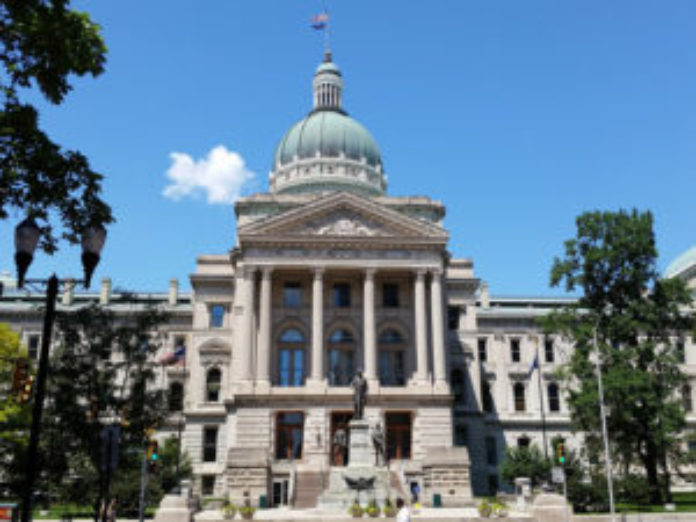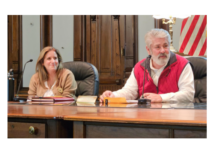Republican Statehouse leaders say they want to increase funding for Indiana’s embattled child welfare agency and find a way to pay teachers more, but that money will be tight when they craft the state’s next two year budget.
“The budget is going to be more difficult than most people realize,” House Speaker Brian Bosma said Wednesday during a forum previewing the upcoming session, which begins in earnest Jan. 1. “It’s going to be a very challenging year.”
It’s hardly a surprise that lawmakers are prioritizing a larger appropriation for the Department of Child Services. Long-festering problems at the agency exploded into public view last year, when its former director resigned in a letter accusing Republican Gov. Eric Holcomb of making management changes and service cuts that “all but ensure children will die.”
Since then, lawmakers have directed additional money to the agency to shore up its finances, which have been stretched thin amid the state’s metastasizing opioid crisis.
But there has been confusion over teacher pay. The issue roiled legislatures in Kentucky, West Virginia and other states over the last year. And Indiana Republicans want to prevent such unrest from spreading to their state.
Holcomb has offered a convoluted stance on the matter, suggesting last week that a “framework” must first be developed, with an end goal of increasing teacher salaries by 2021.
However, he said Wednesday that his stance was “mischaracterized,” though he did little to offer clarity, vaguely calling for a “short-term” and “long-term” approach.
Bosma, on the other hand, made clear that he will prioritize getting teachers at least some kind of a raise this session, with more to come in the future.
Unlike some other states, teacher pay decisions in Indiana are mostly made at the local level. Lawmakers could still influence those decisions, though, by placing “some parameters” on how school funding is spent, Bosma said.
“Our commitment to teachers has to be enhanced,” Bosma said. “We’re not hitting the target on the most important profession … in our state’s future, which are teachers.”
Under Republican leadership, Indiana has amassed a $1.8 billion reserve fund. But GOP leaders say significantly drawing that down would be fiscally irresponsible and isn’t an option they would consider.
Still, Democrats question whether the state faces the dire circumstances Republicans describe. They note that DCS has had problems for more than a decade and are partially caused by a lack of funding.
What’s more, under a Republican sponsored plan, the state’s corporate tax rate has been cut back in increments. Reverse part of that and the state could have more money, Democrats contend.
“I am just am a little bit skeptical that we don’t have the money,” said Democratic Senate Minority Leader Tim Lanane, of Anderson.
When it comes to teacher pay, Holcomb said last week he wanted a “methodical” plan that would delay a significant increase until 2021.
Indiana ranked 31st among the 50 states in teacher pay during 2016, with average salaries of $50,715, according to the National Education Association. That’s lower than the five nearby states that the Holcomb administration wants to compare Indiana with — Illinois, Kentucky, Michigan, Ohio and Wisconsin.
Holcomb’s agenda this year calls for state money for a variety of tax breaks for attracting businesses, along with modest boosts in job training and drug-abuse treatment programs.





